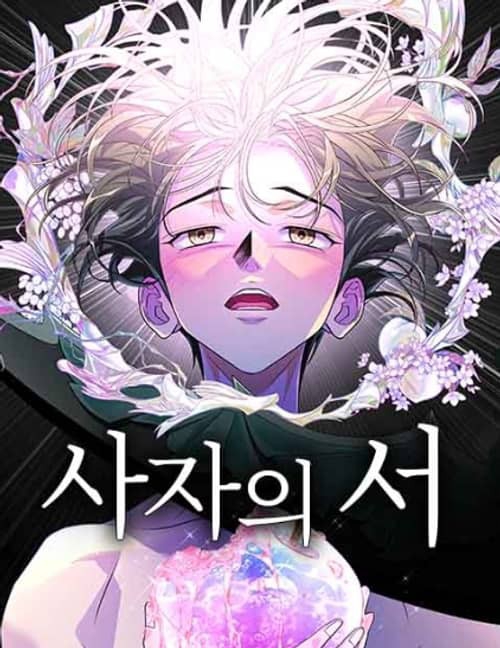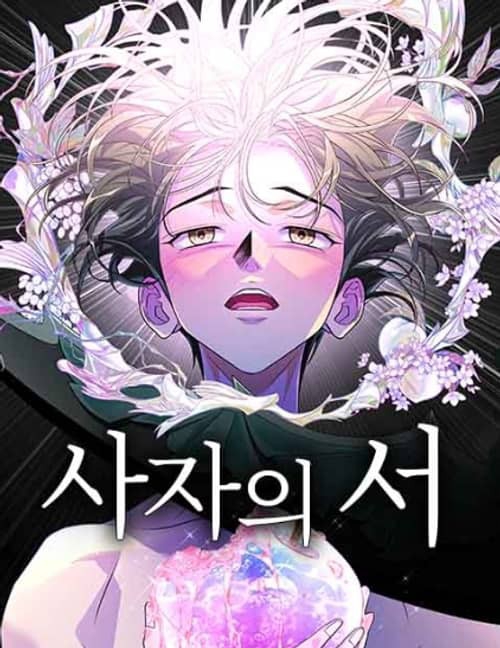Anime & Manga
807 readers
1 users here now
It's exactly what it says on the tin. Anime, manga, and other forms of Asian entertainment like them.
Please don't post links to pirated media sites.
Subcommunity of Entertainment
This community's icon was made by Aaron Schneider, under the CC-BY-NC-SA 4.0 license.
founded 2 years ago
MODERATORS
1
2
3
4
5
6
7
9
10
11
13
14
15
16
17
18
19
20
21
22
23
24
25
view more: next ›










